Roles
- Books Name
- Social Science Book
- Publication
- Cognizance Publication
- Course
- CBSE Class 7
- Subject
- Social Science
Chapter 2
State Government
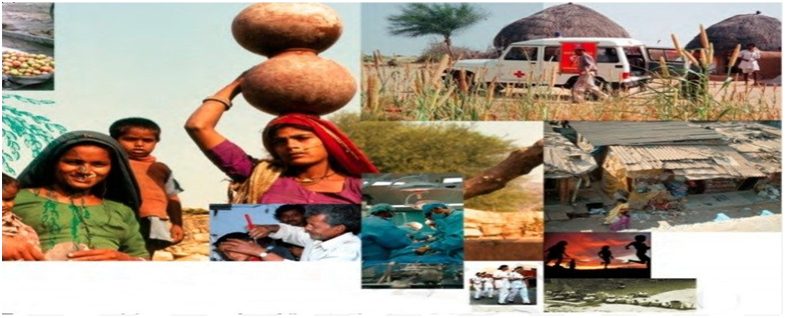
Roles
In a democracy, people expect the government to work for the welfare. This could be through the provision of education, health, employment, housing or the development of roads, electricity, etc.
What is health?
Health means ability to remain free of illness and injuries. Apart from this is there are various factors that affects our health.For example, if people got clean drinking water or a pollution free environment, they are likely to be healthy.
Healthcare in India
India has a large number of doctors, clinics and hospitals. The country also has considerable experience and knowledge in running a public healthcare system. This is the system of hospitals and healthcare centres run by the government. It has the ability to look after the health of a large section of its population scattered over hundreds of thousands of villages. There has been a phenomenal advancement in medical sciences whereby many new technologies and treatment procedures are available in the country. With even all the positive developments, we are not able to provide proper healthcare facilities to people. This is the paradox- something that is contrary to what we would expect. Our country has the money, knowledge, and people with experience, but cannot make the necessary healthcare available to all.
In India, it is often said that we are unable to provide health services for all because the government does not have enough money and facilities. Let us find some aspects of the healthcare in India.
- India has the largest number of medical colleges in the world and is among the largest producers of doctors, approximately more than 30,000 new doctors qualify every year. Most doctor settle in urban areas. People in rural areas have to travel long distances to reach a doctor. The number of doctors with respect to the population is much less in rural areas.
- Healthcare facilities have grown substantially over the years. In 1950, there are only 2,717 government hospitals in India. In 1991, there was 11,174 hospitals. In 2017, the number grew to 23,583.
- India gets a large number of medical tourists from many countries. They came for treatment in some of the hospitals in India that compare with the best in the world. India is the 3rd largest producer of medicines in the world and is also a large exporter of medicines.
- About 5,00,000 people die from TB every year, this number is almost unchanged since the independence. Aalmost two million cases of malaria reported every year and this number isn't decreasing.
- We are not able to provide clean drinking water to all. 21% of all communicable diseases are water borne. For example, diarrhoea, worms, hepatitis, etc.
- Half of all children in India do not get adequate food to eat and are undernourished.
Healthcare facilities are divided into 2 categories:
- Public health services
- Private health services
Public health services
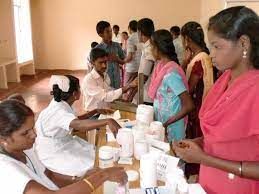
The public health service is a chain of health centers and hospitals run by the government. They are linked together so that they cover both rural and urban areas and can also provide treatment to all kinds of problems, from common illness to special services. At the village level, there are health centres where there is usually a nurse and a village health worker.
They are trained in dealing with common illness and work under the supervision of doctors at the Primary Health Centre(PHC). Such a centre covers many villages in rural areas. At the district level is the District Hospital that also supervises all the health centres. The Public health service is meant to provide quality health care services either free or at a low cost, so that even the poor can seek treatment. Another important function of public health is to take action to prevent the spread of diseases such as TB, malaria, jaundice, cholera, diarrhea, chikungunya, etc. This has to be organised by the government with the participation of people, otherwise it is not effective.
According to our Constitution, it is the primary duty of the government to ensure the welfare of the people and provide healthcare facilities to all. The government must safeguard the right to life of every person.
Why pay taxes to the government?
Government uses tax money for providing many public services for the benefit of all citizens. Some services, such as defence, police, judicial system, highways etc, benefits all citizens. Otherwise, the citizens cannot organise these services for themselves. Taxes fund developmental programs and services such as education, healthcare, employment, social welfare, vocational training, etc. required for needy citizens. Tax money is utilised for relief and rehabilitation in case of natural disasters such as floods, earthquake, tsunami, etc. Space, nuclear and missile programs are also funded from the revenues collected as taxes. Government provides some services specially for the poor who cannot afford to purchase them from the market. One example is healthcare.
Private health services
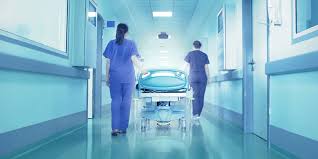
There are a wide range of private healthcare facilities that exist in our country. A large number of doctors run their own private clinics. In the rural areas, one find Registered Medical Practitioners (RMPs). There are hospitals and nursing homes that are privately owned. There are many laboratories they do test and offer special facilities such as X ray, ultrasound, etc. They also shops where we can buy medicines. Health facilities are not owned or controlled by the government. In private facilities, patients have to pay a lot of money for every service that they use. Today, the presence of private facilities can be seen all around. Now there are large companiesthat run hospitals and some are engaged in manufacturing and selling medicines. Medical shops are found in every corner of the country.
Healthcare and equality
- Books Name
- Social Science Book
- Publication
- Cognizance Publication
- Course
- CBSE Class 7
- Subject
- Social Science
Healthcare and equality
Is adequate healthcare available to all?
India, we face a situation where private services are increasing but public services are not. What is then available to people are mainly private services. These are concentrated in urban areas. The cost of these services is rather high. Medicines are expensive. Many people cannot afford them or have to borrow money when there is an illness in the family.
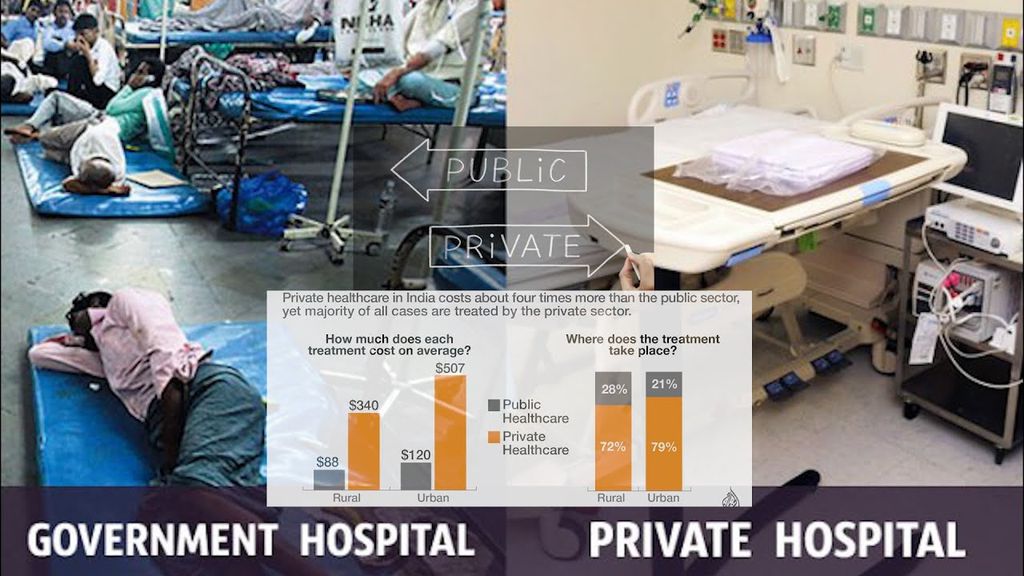
Some private services encourage incorrect practices to earn more. At times, inexpensive alternative do available may not be used. In fact, barely 20% of the population can afford all the medicines that they required during illness. For those who are poor, every illness in the family is the cause of great anxiety and distress. Those who are poor are in the first place, undernourished. They are not provided with basic necessities like drinking water, adequate housing, clean surroundings, etc. And therefore are more likely to fall ill. The expenses on illness make their situation even worse. Sometimes, it is not only the lack of money that prevent people from getting proper medical treatment. Women, for example- women are not taken to a doctor in a prompt manner. Women's Health concern are considered to be less important than the health of man in the family. Many tribal areas have few health centres and they do not run properly. Even private health services are also not available.
The Medical Council of India's Code of Medical ethics states: Every physician should as far as possible, prescribed drugs with generic names and he/she shall ensure that there is a rational prescription and use of drugs.
What can be done?
It is the responsibility of the government to provide quality healthcare services to all its citizens, specially the poor and the disadvantaged. However, health is as much dependent on basic amenities and social condition of the people, as it is on the healthcare services. It is important to work on both in order to improve the health situation of our people.
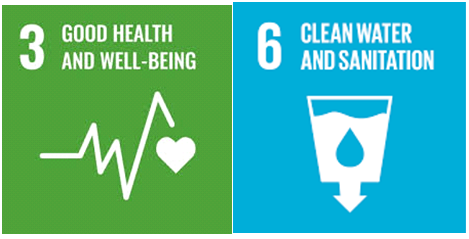
The kerala experience (Case study)
In 1996, Kerala government made some major changes in the state. 40% of the entire state budget was given to panchayats. They could plan and provide for their requirements. This made it possible for a village to make sure that proper planning was done for water, food, women's development and education. This meant that water supply schemes were checked, working of schools and anganwadi was ensured and specific problems of the village were taken up. Health centres were also improved.All of this helped to improve the situation. Despite these efforts, however, some problem such a shortage of medicine, insufficient hospital beds, not enough doctors remain, and these needed to be addressed.
The Costa Rican approach
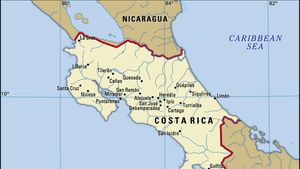
Costa Rica is considered to be one of the healthiest countries in Central America. Their main reason for this can be found in the Costa Rican constitution several years ago. Costa Rica took a very important decision and decided not to have an army. This helps the Costa Rican government to spend the money that the army would have used, on health education and other basic needs of the people. The CostaRican Government believes that a country had to be healthy for its development and pays a lot of attention to the health care of its people. The Costa Rican government provides basic services and amenity to all Costa Ricans. For example, it provides safe drinking water, sanitation, nutrition and housing. Health education is also considered very important and knowledge about health is an essential part of the education at all levels.

 Cognizance Publication
Cognizance Publication
